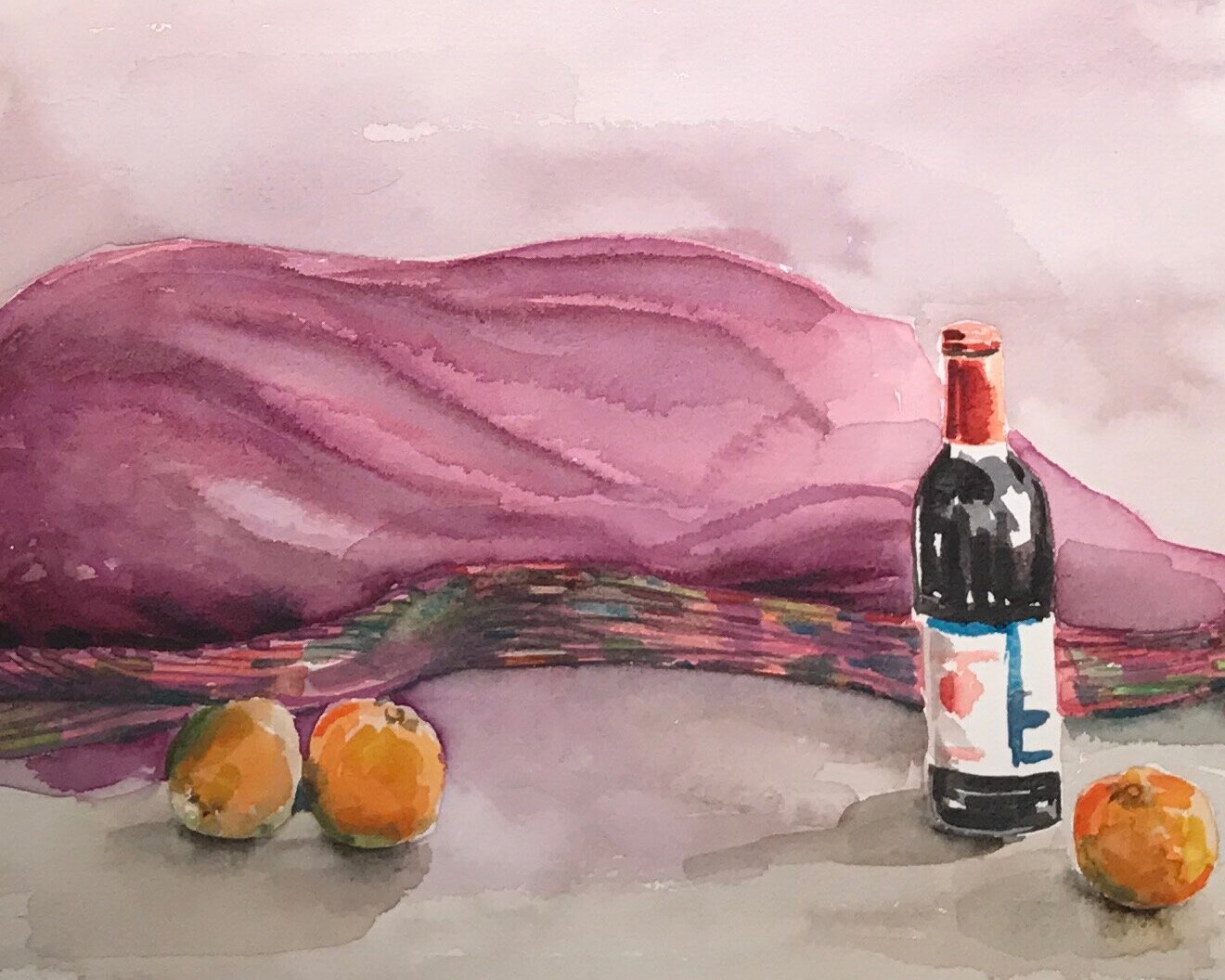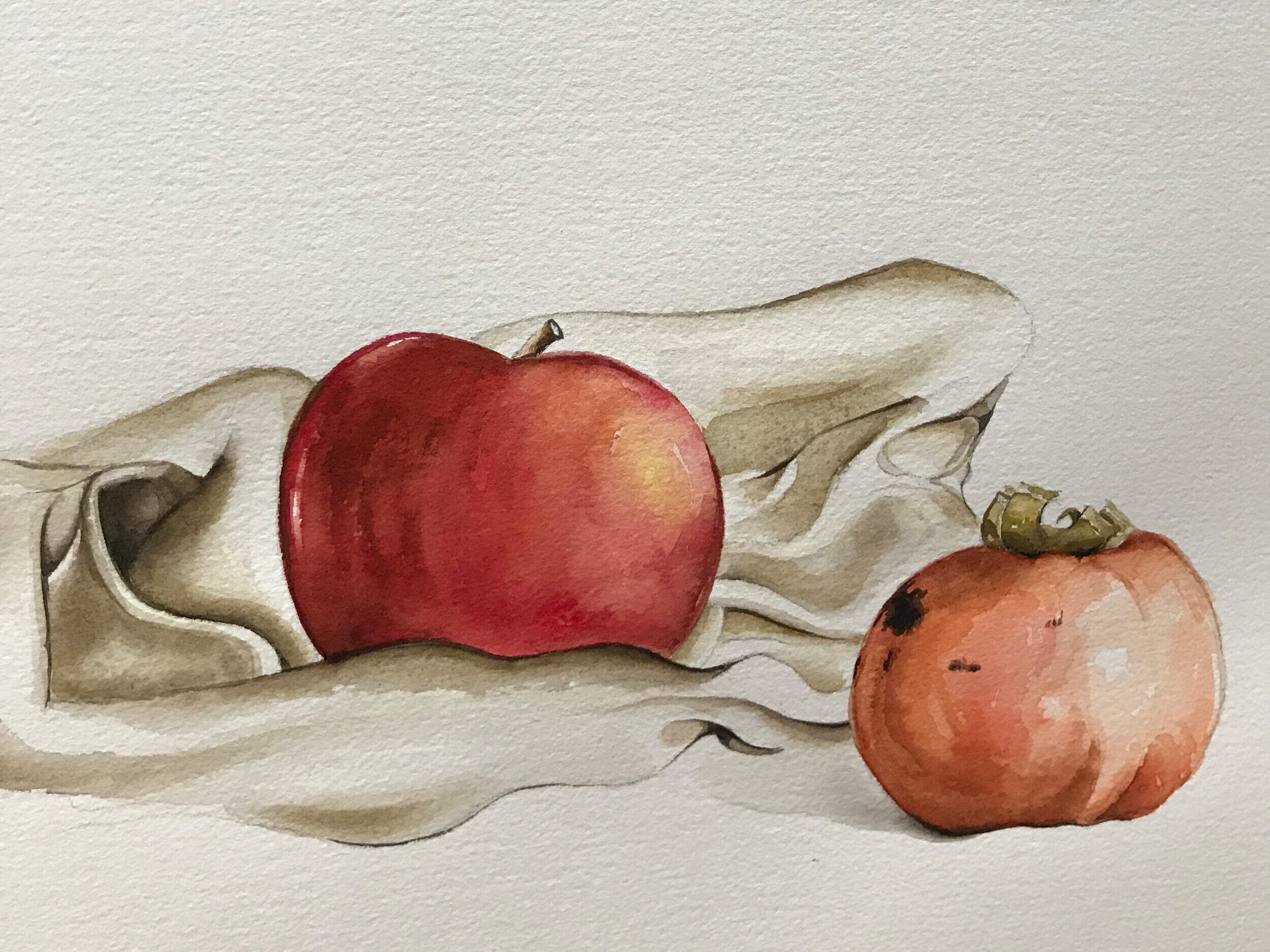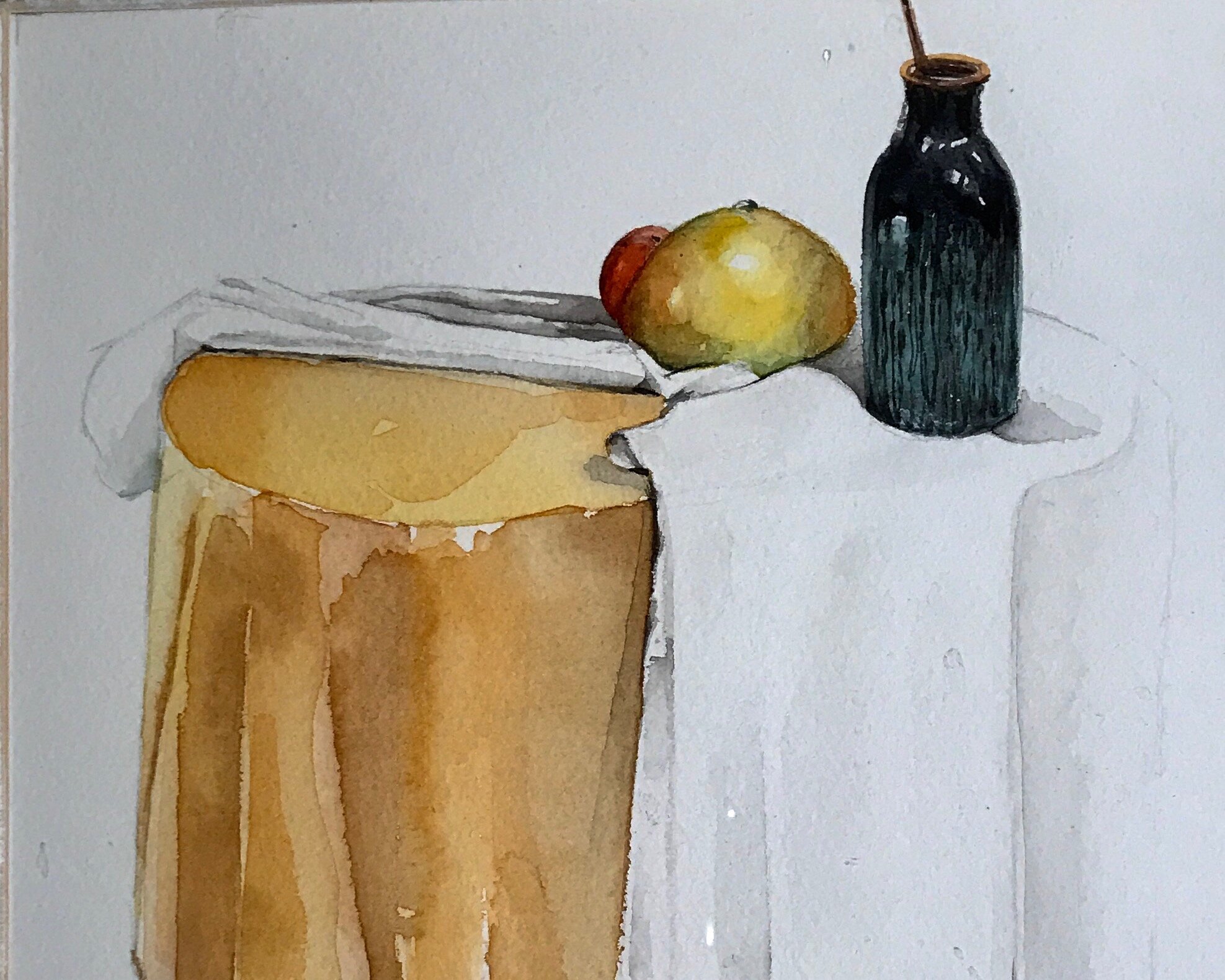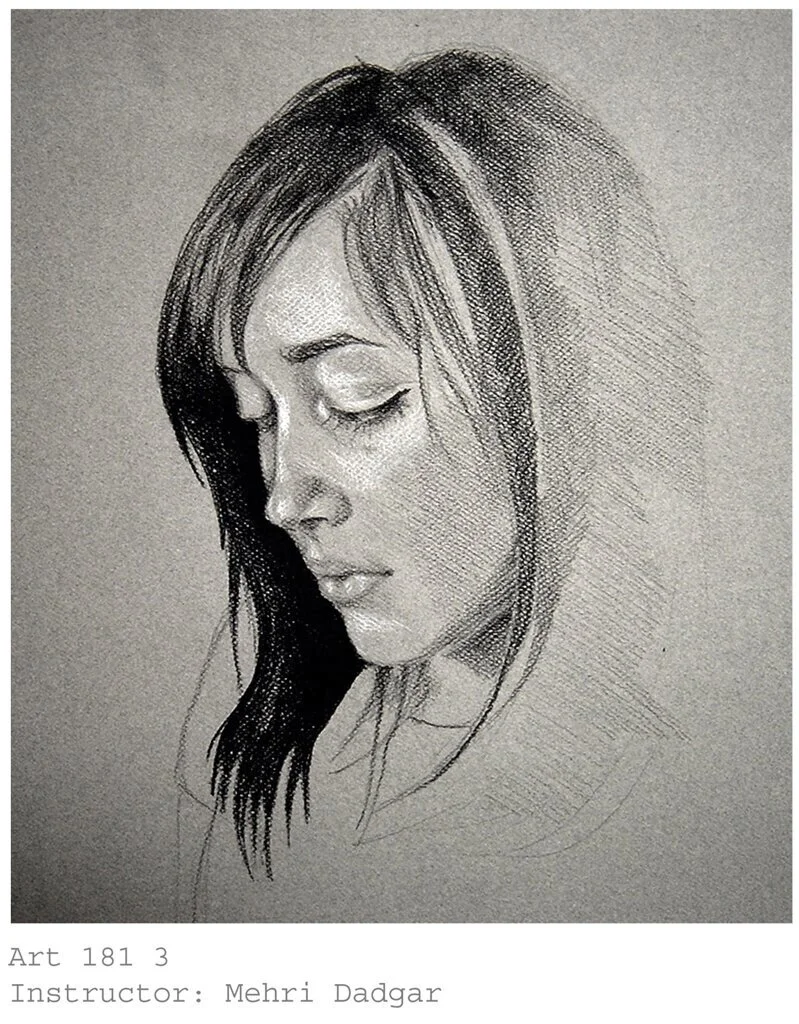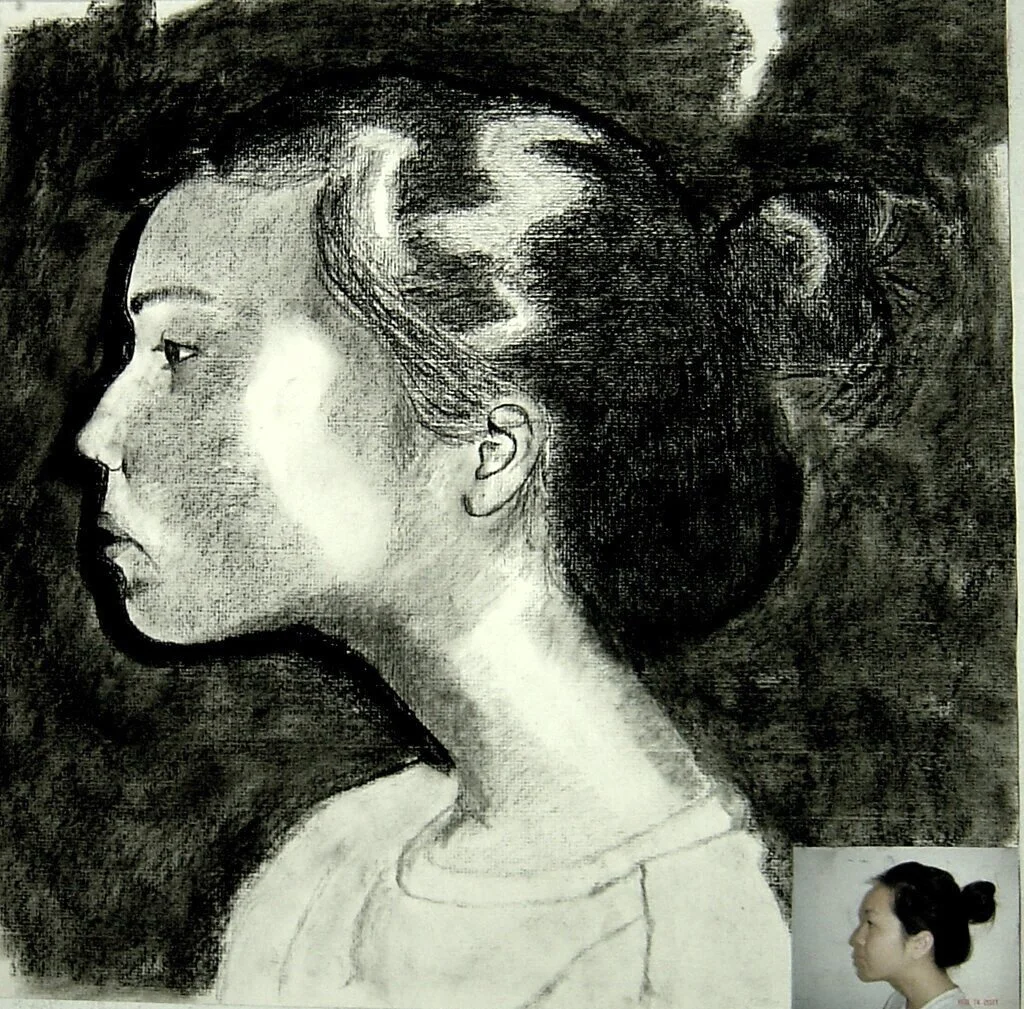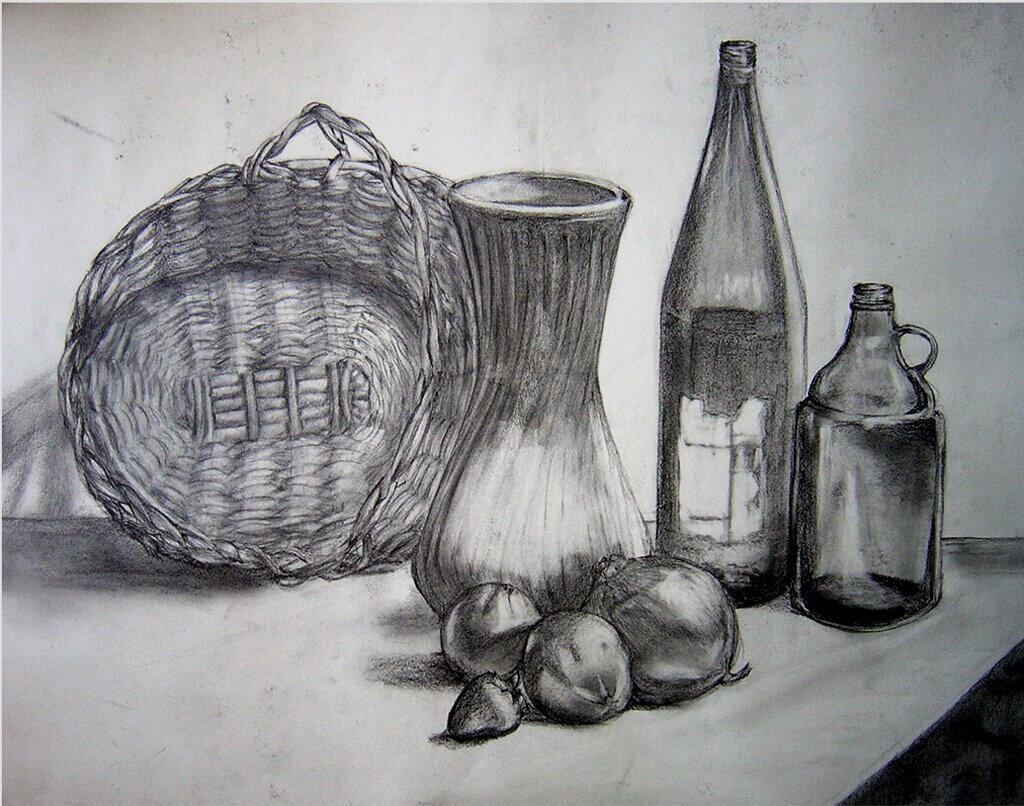
Still-Life - Students’ work
This is a beginning course in drawing designed to develop and expand one's observational abilities and rendering skills. Students learn methods for sensitively describing objects in terms of line, shape, volume, cross-contour, proportion, light logic, perspective, and compositional space. Each class focuses on a particular formal concept and its function in drawing. Students begin with line drawings and conclude with fully modeled, tonal, volumetric, still-life drawings. Also covered are fundamentals of pictorial space structure, aesthetics, content, and draftsmanship using still life and natural forms. Includes work with pencil, pen, and charcoal.
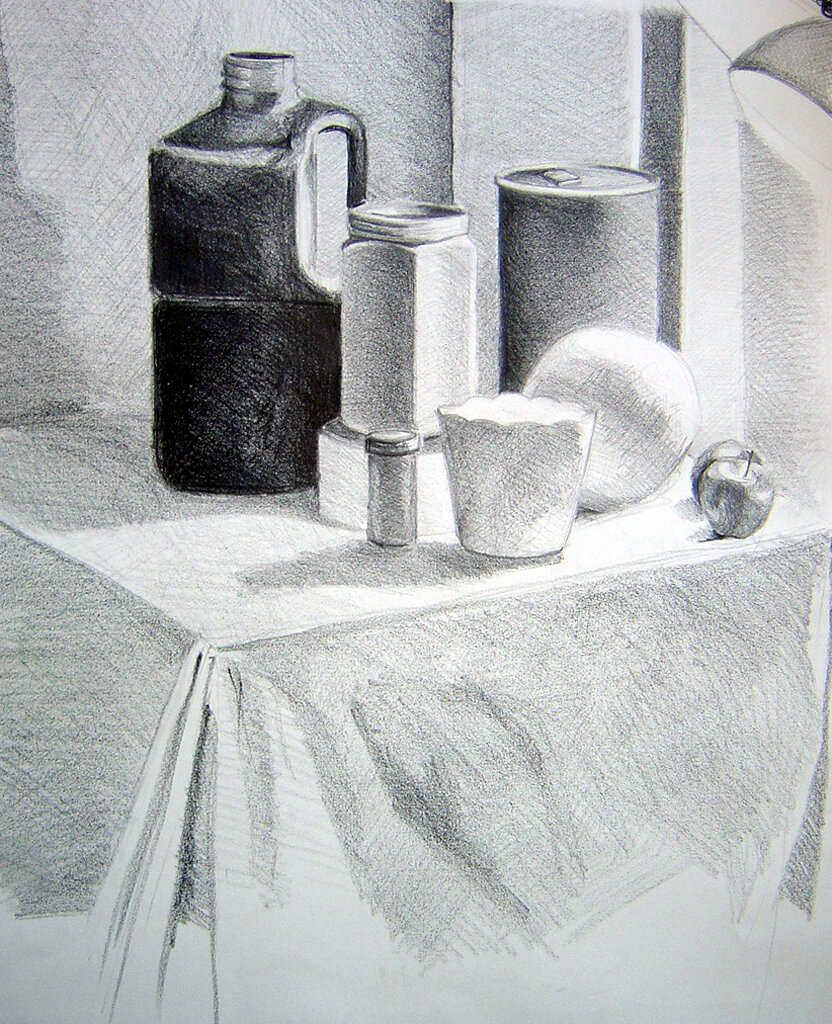
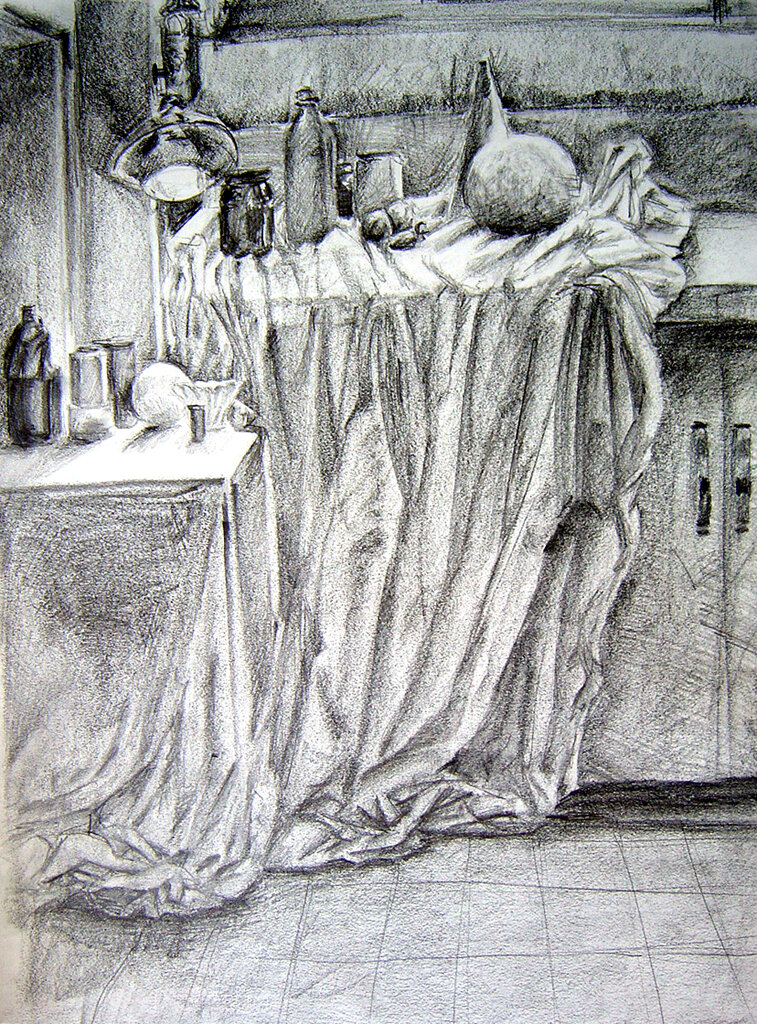
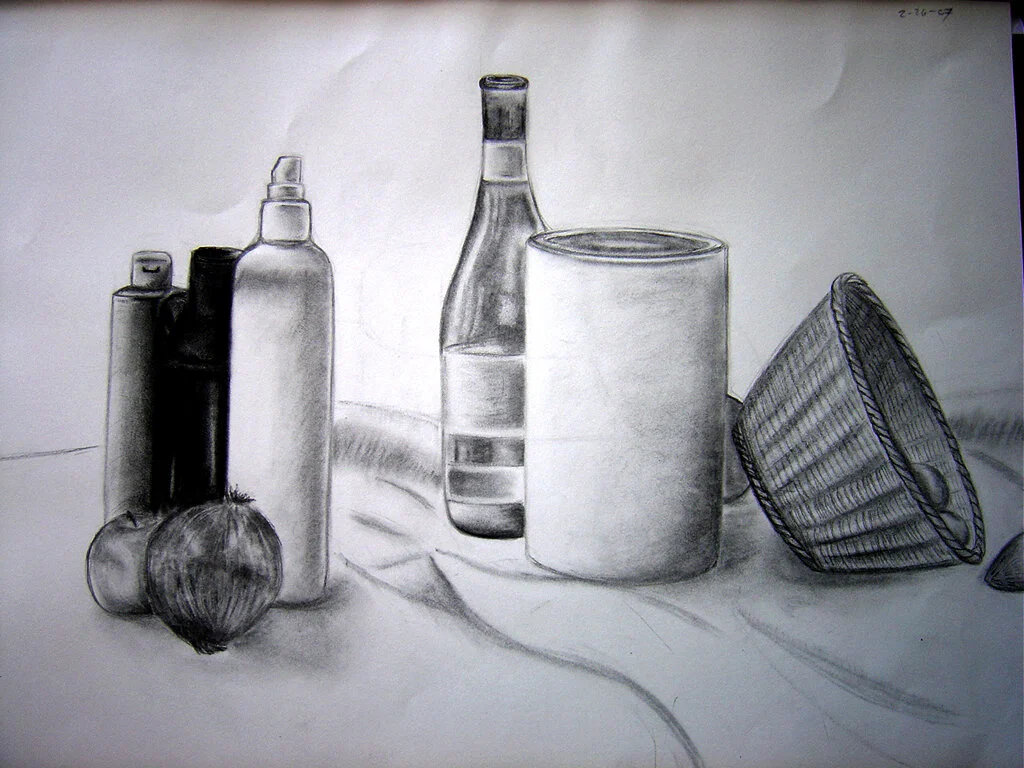
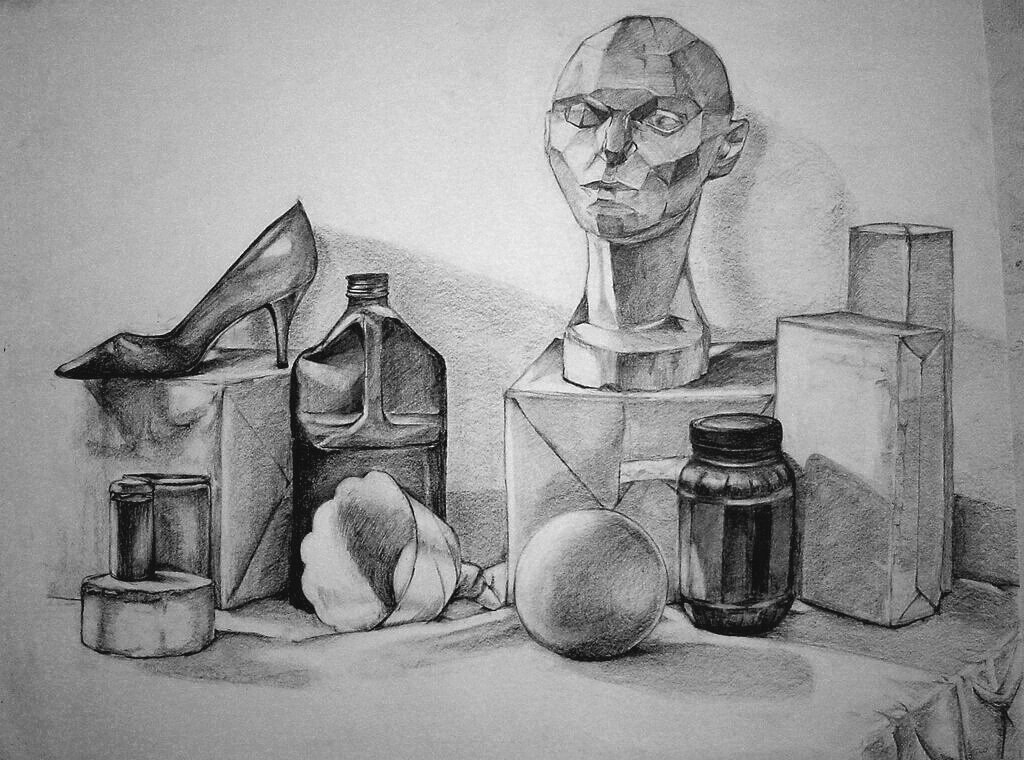
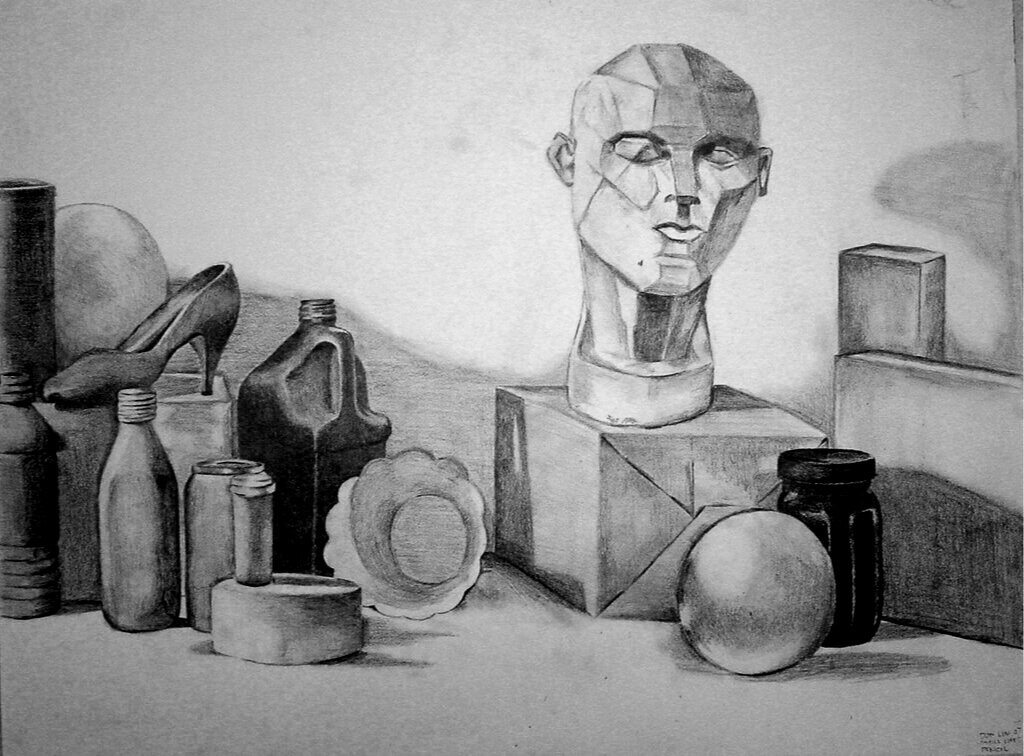
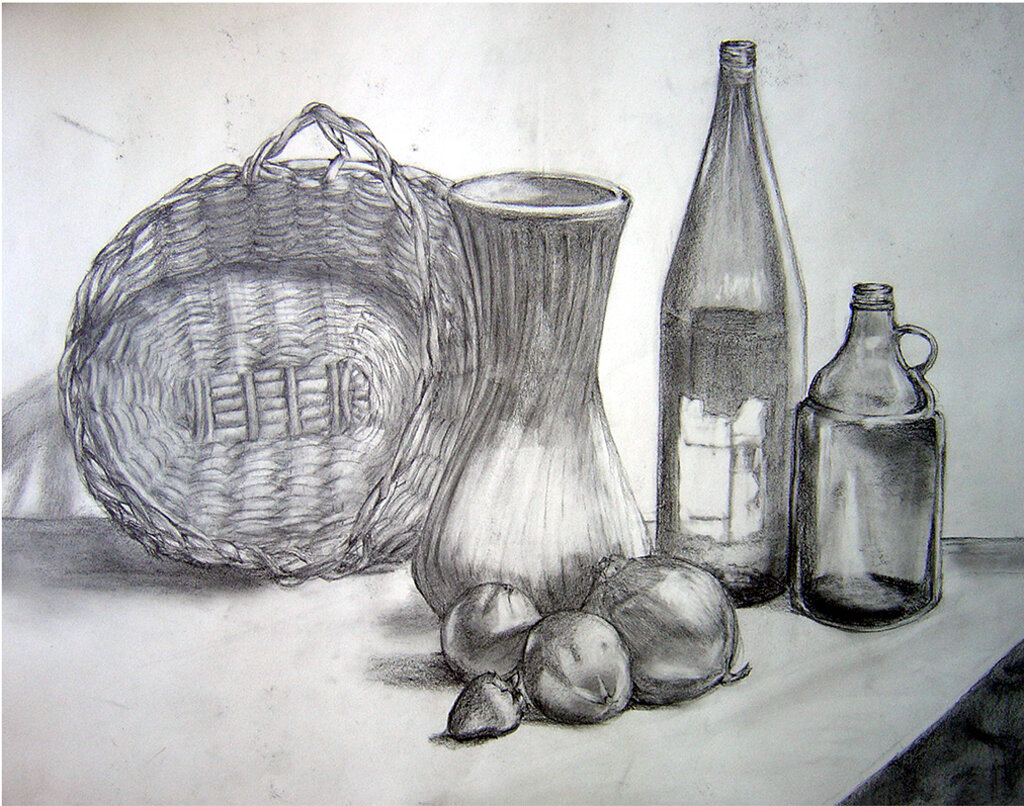
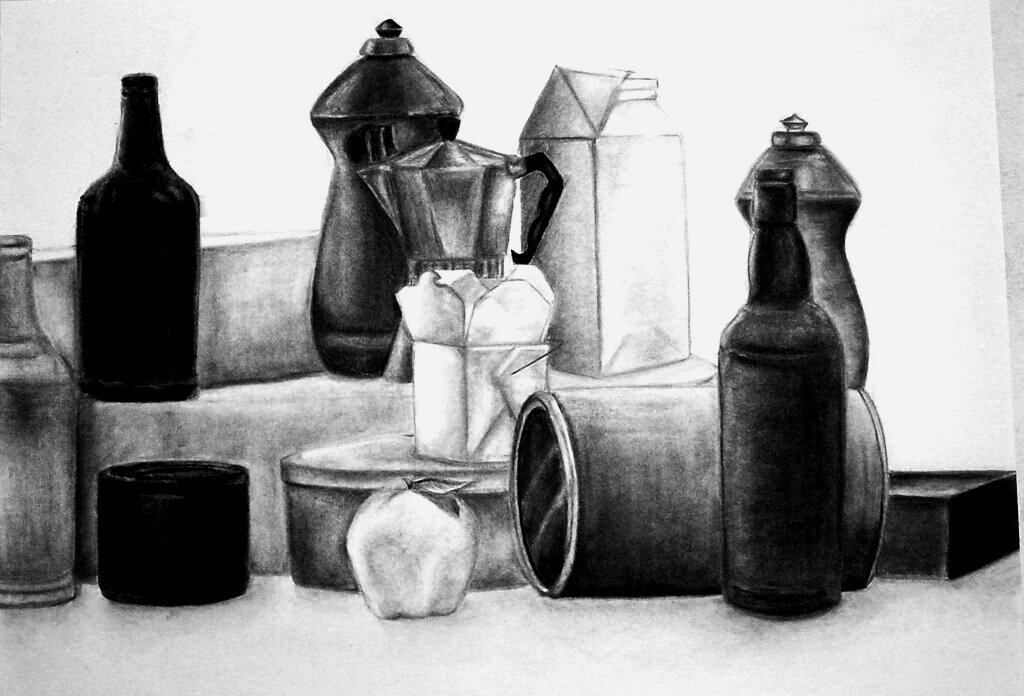
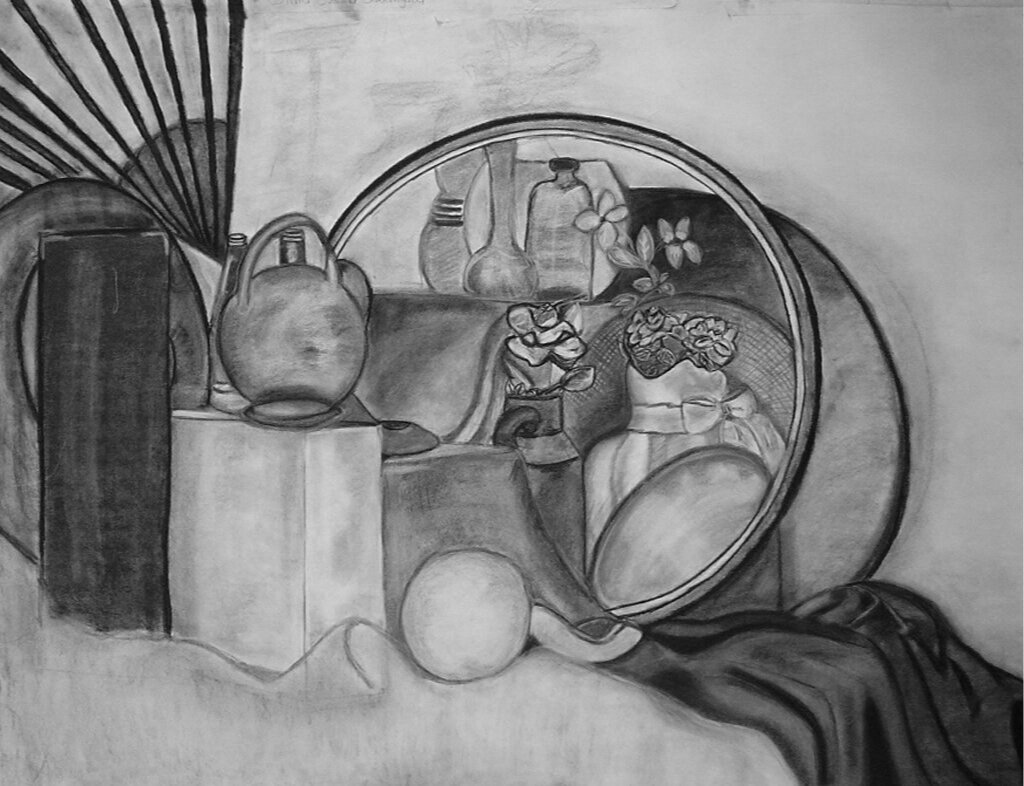
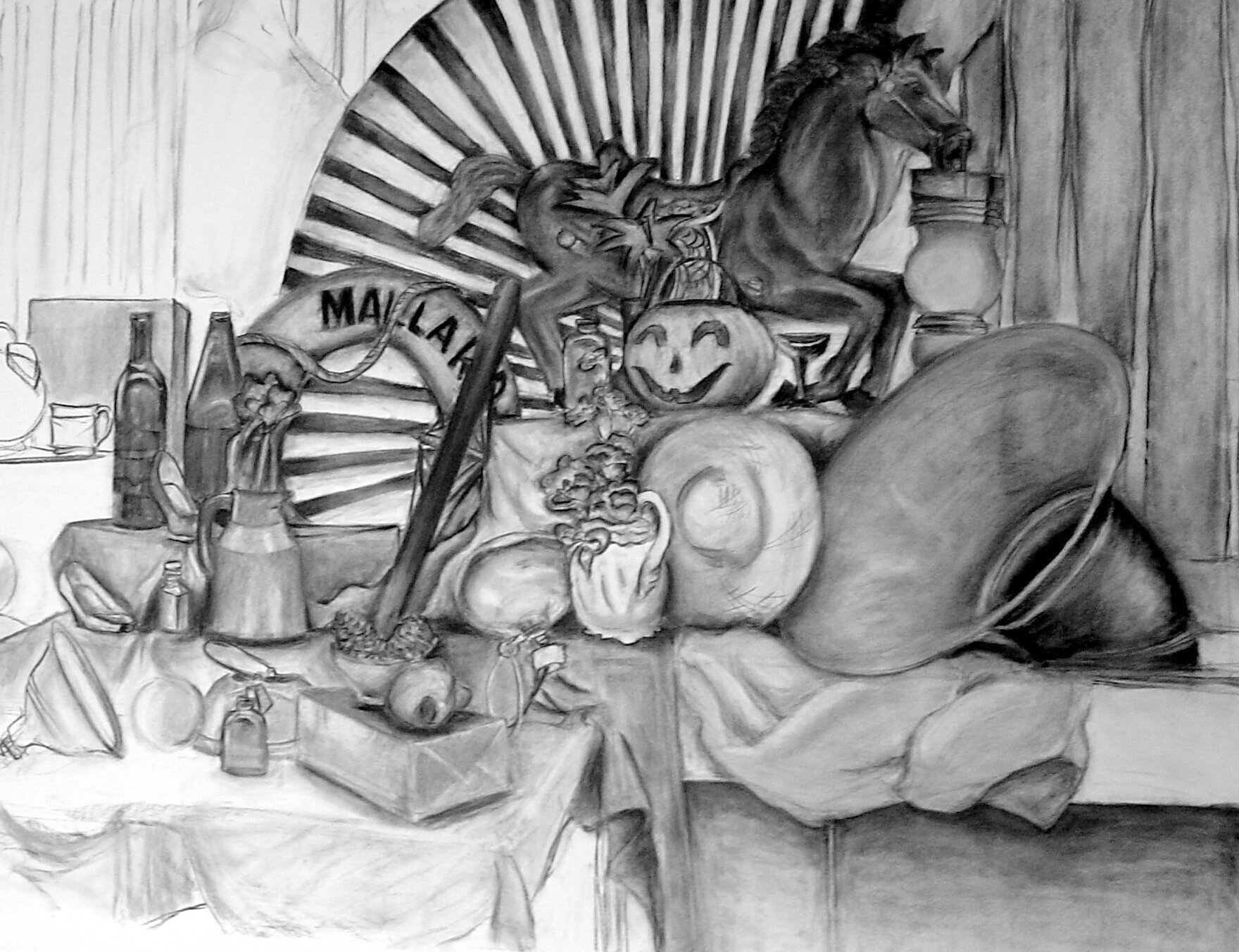
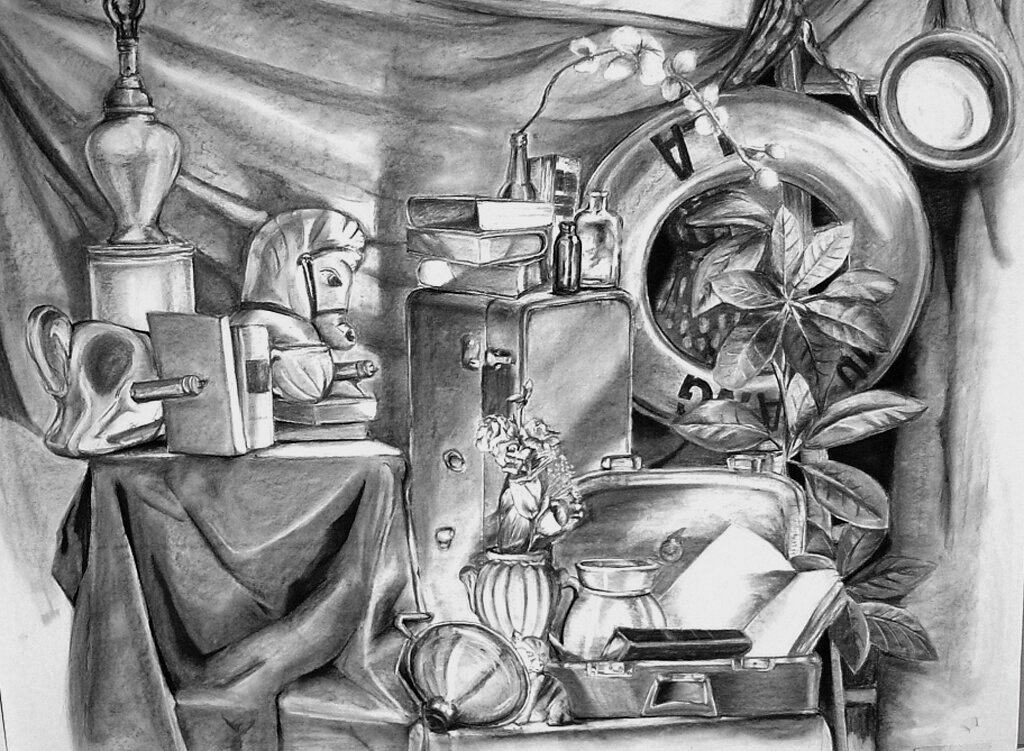
Self Portait - Student’s work.
Draw
Focusing on creating light and shadow on a portrait, from the early stages to the finishing strokes. Students will work from live models as well as black and white photos while being guided through various ways of handling charcoal in order to create a finished piece.
Build
Creating a portrait, with lines from the early stages to the finishing strokes. Students will work from live models or self portrait while being guided through various ways of handling pen in order to create a finished piece. Ways of seeing value, drawing, and edge as well as composition.
Expriment
Copying light and shadow on a portrait, from a the early stages to the finishing strokes. Students will work from black and white photos while being guided through various ways of handling charcoal in order to create a finished piece. Ways of seeing value, drawing, and edge as well as composition theory and design will be discussed. Appropriate for beginners.
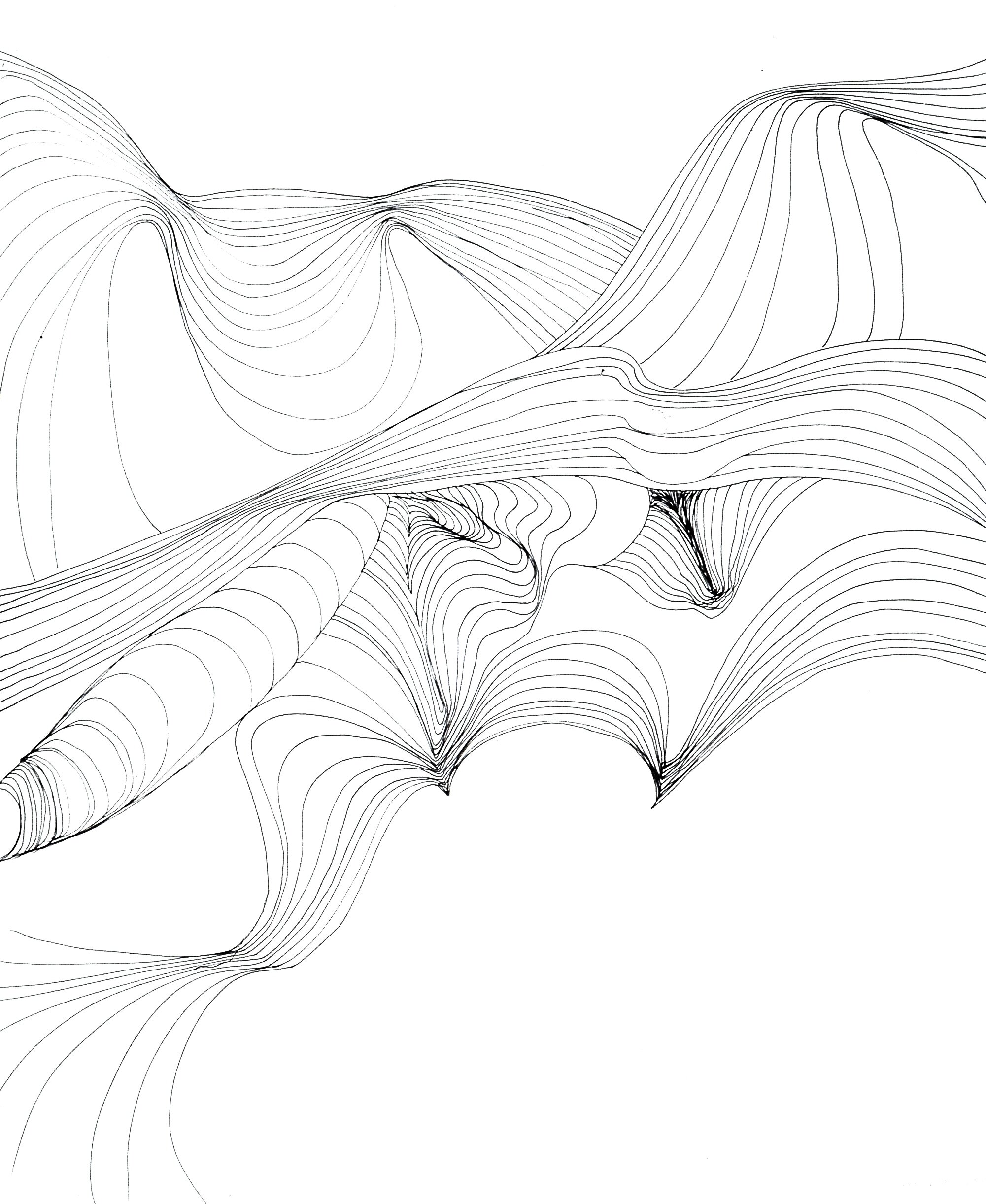
2-D Design - Students’ work
Fundamentals of pictorial design and a sequence of hands-on exercises and projects. Students are introduced to the concept of the picture plane, figure/ground relationships, scale and proportional transformation, patterning, composition, value, color, methods for conveying time, and spatial illusion. Using a wide variety of traditional and non- traditional materials and methods, students are encouraged to develop their own design vocabulary and repertoire of practical techniques towards self-expression and awareness.

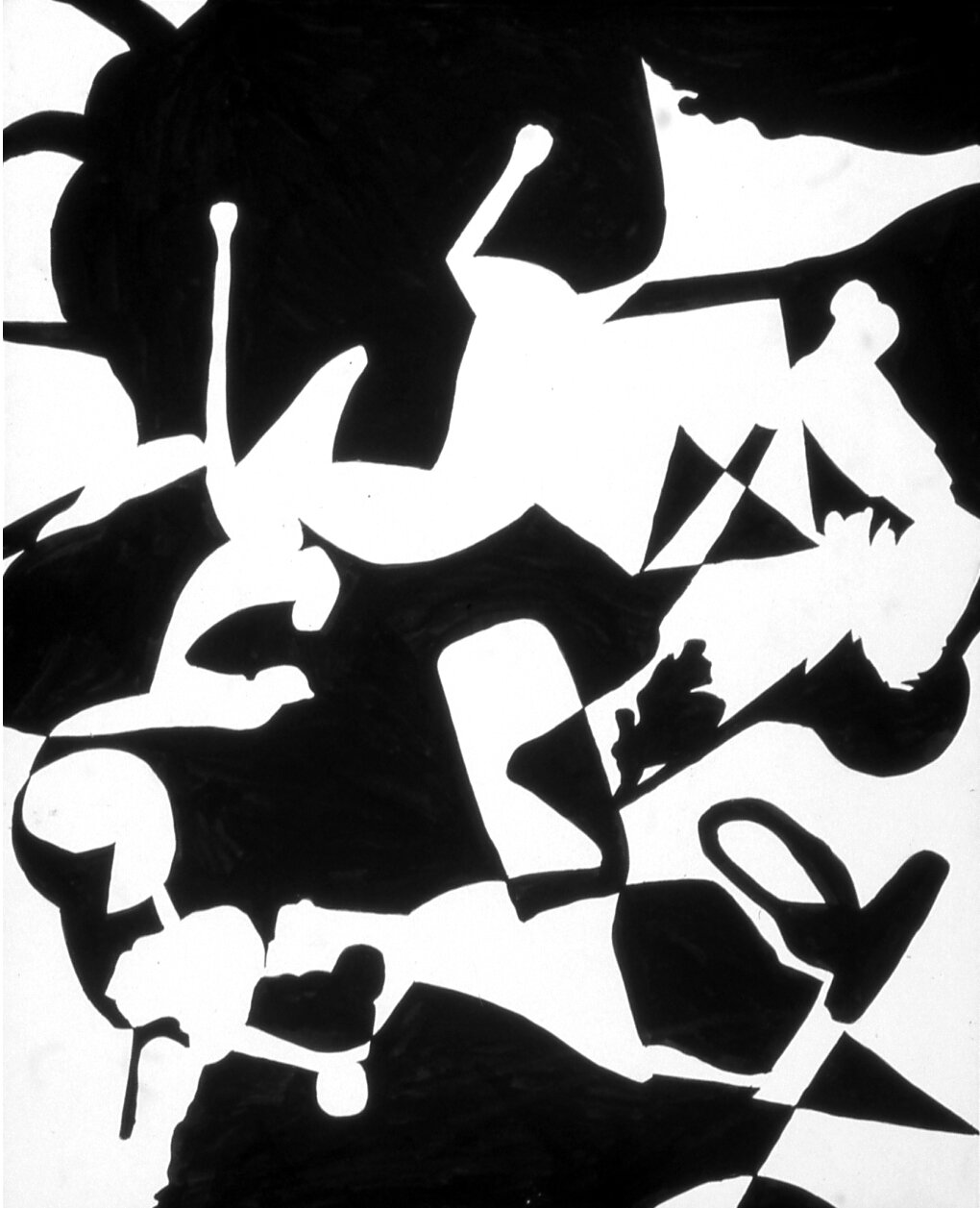
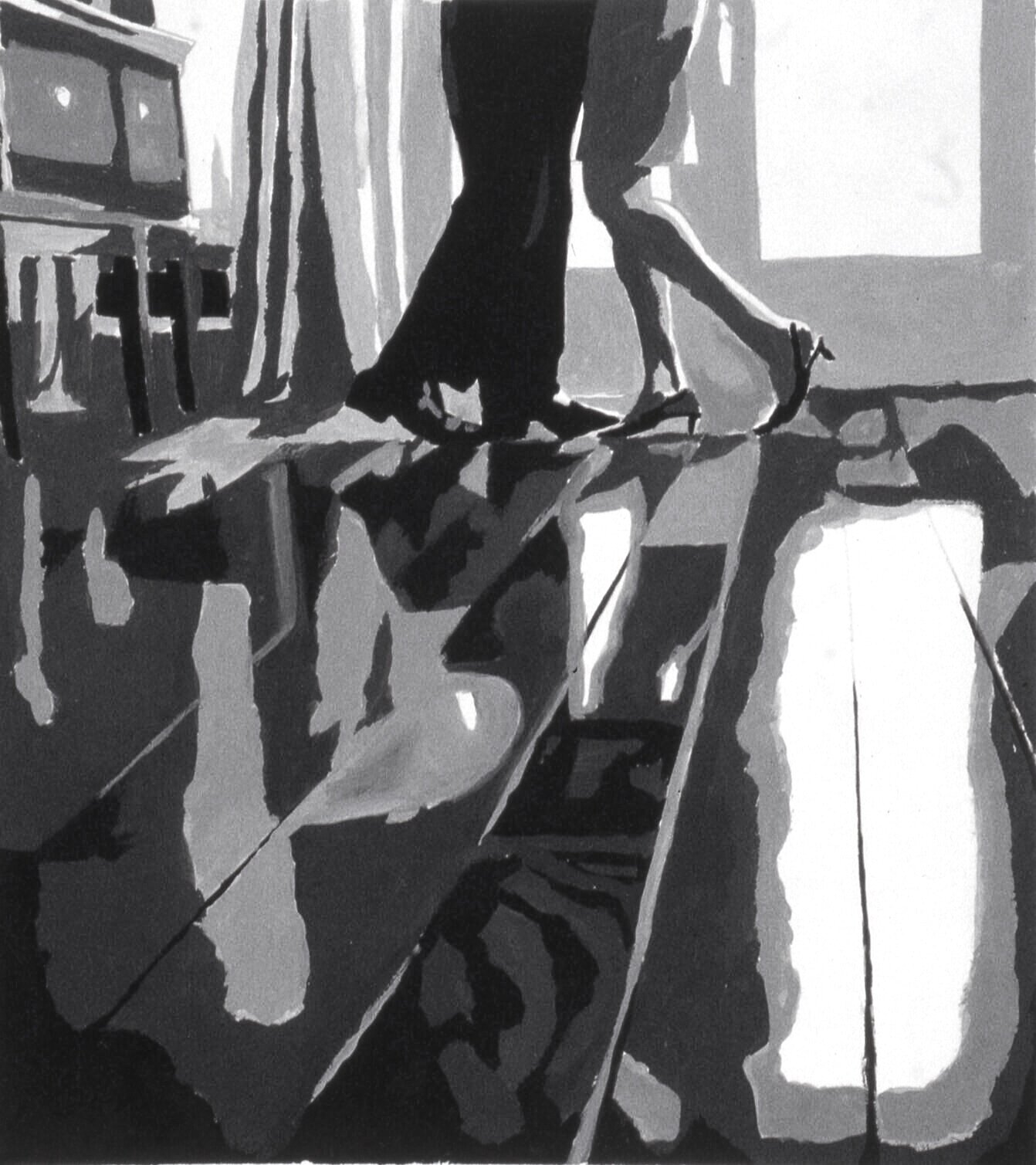
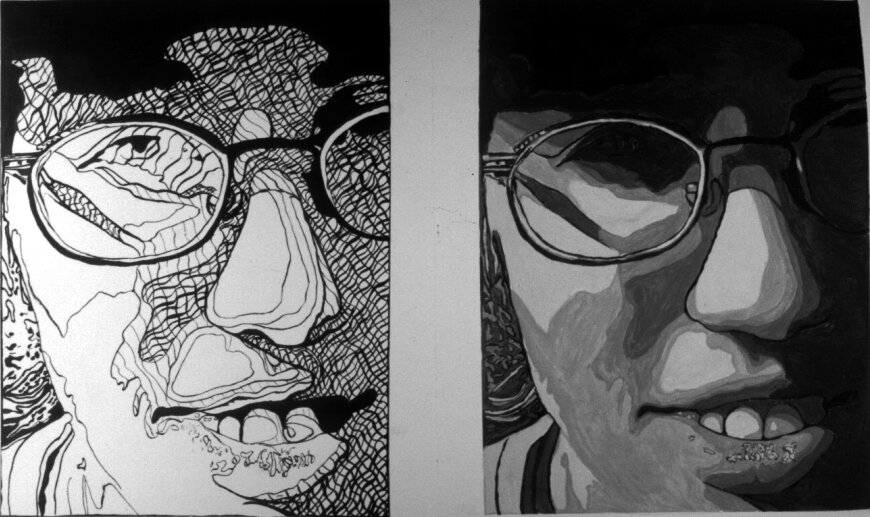
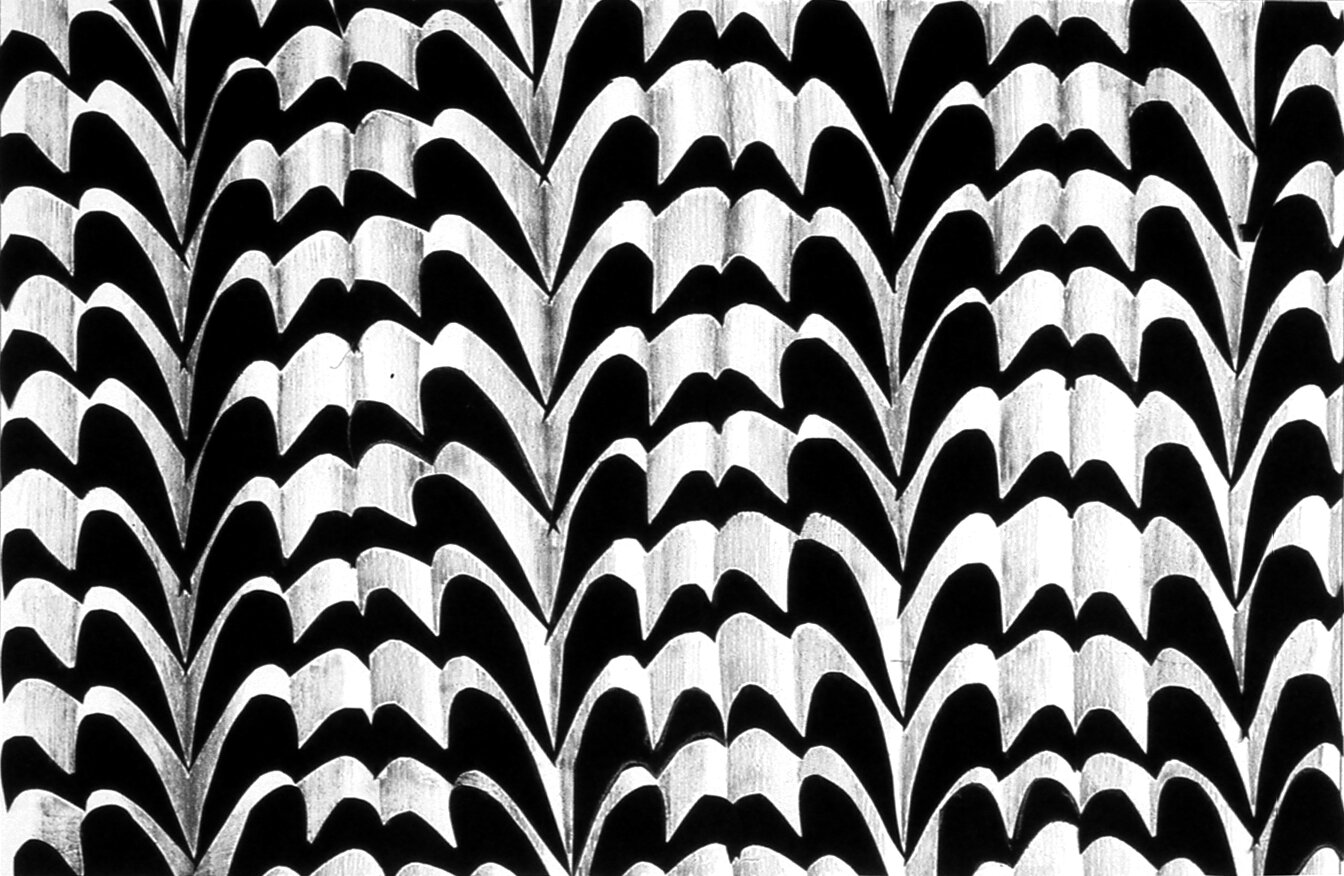
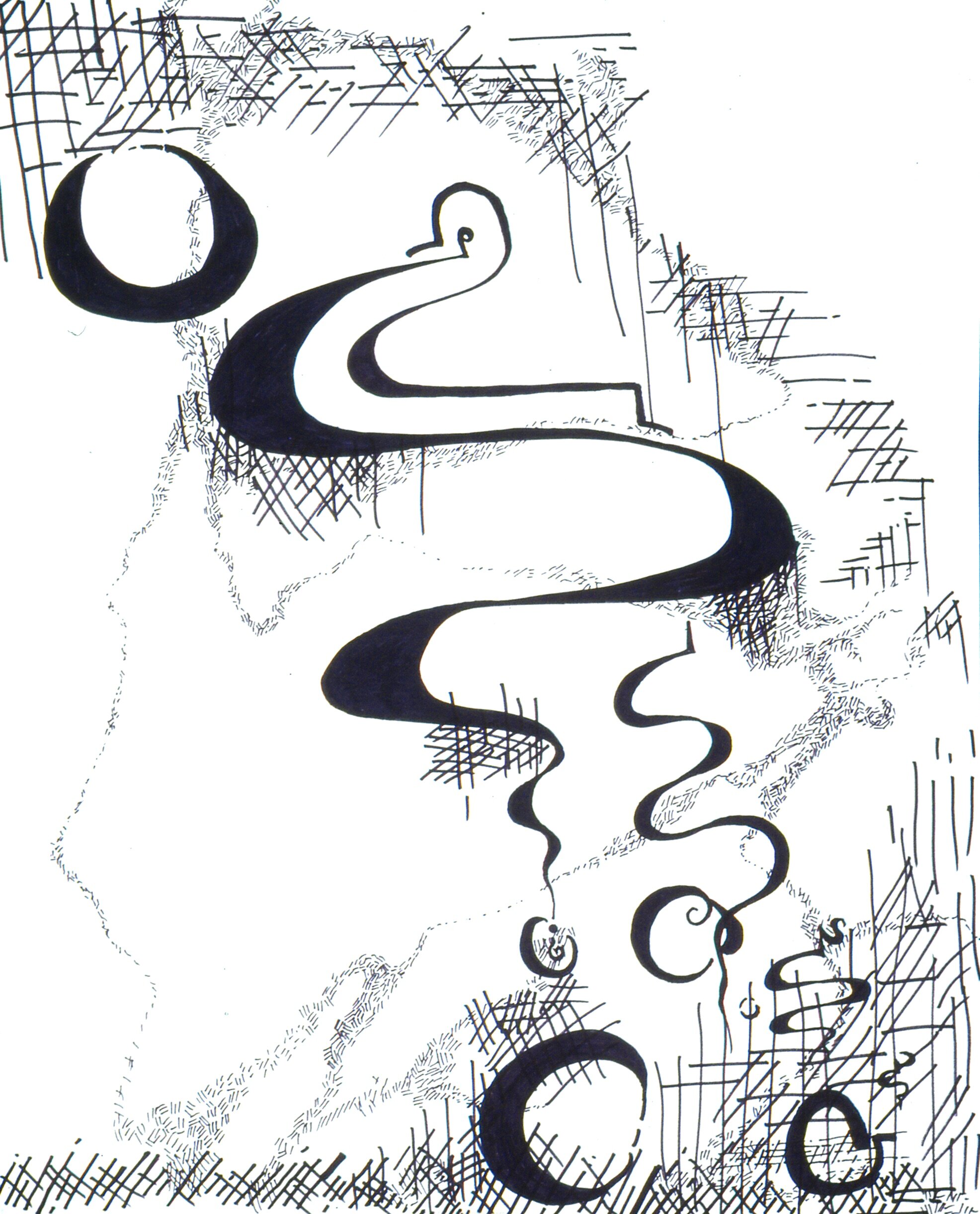
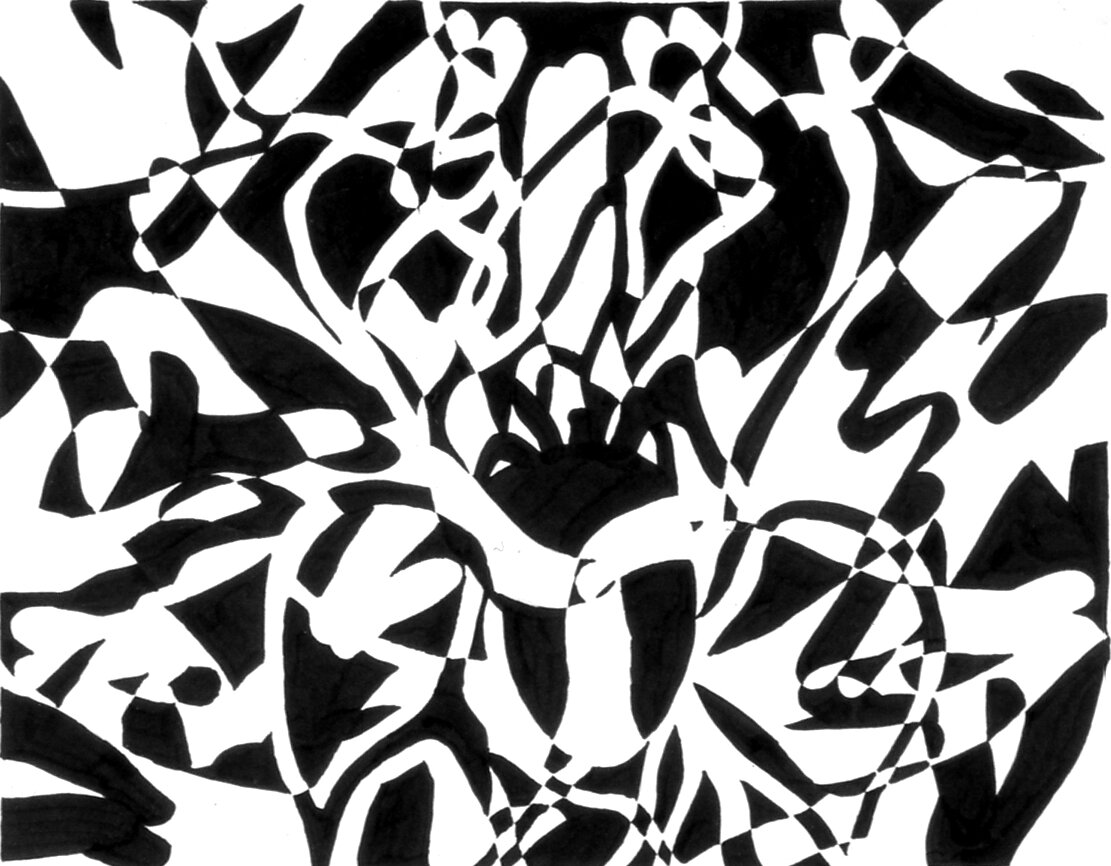
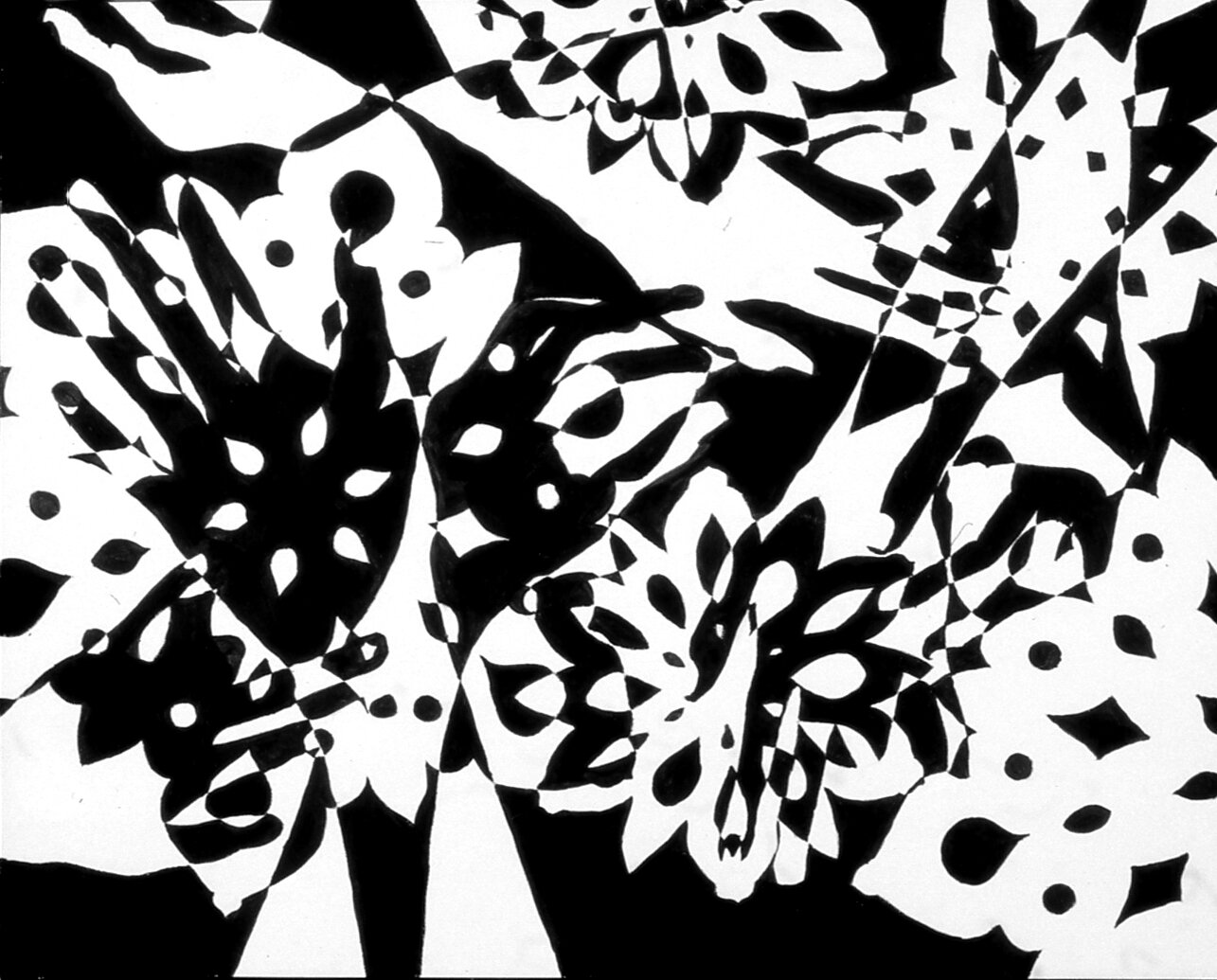
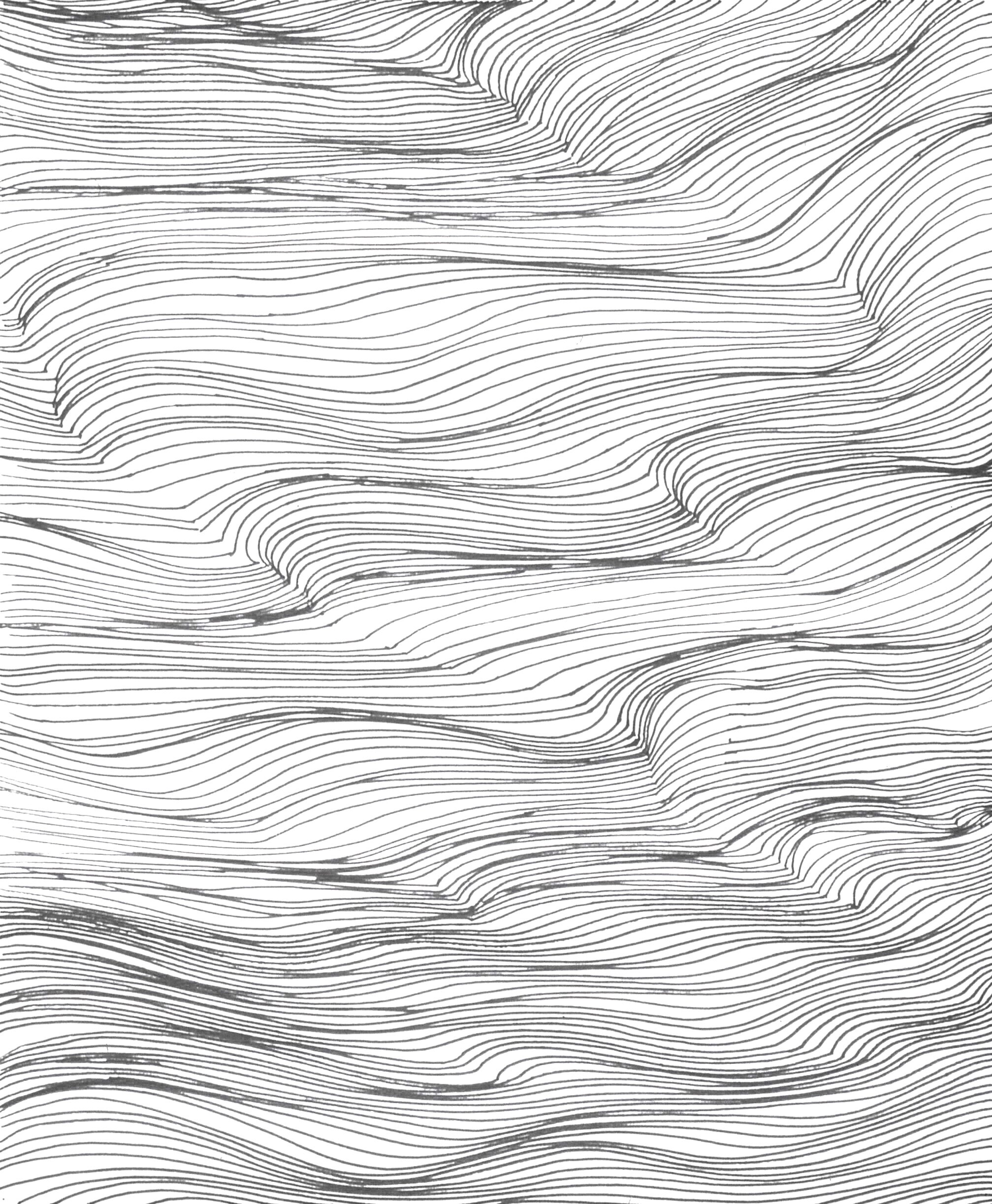
The perception of color,
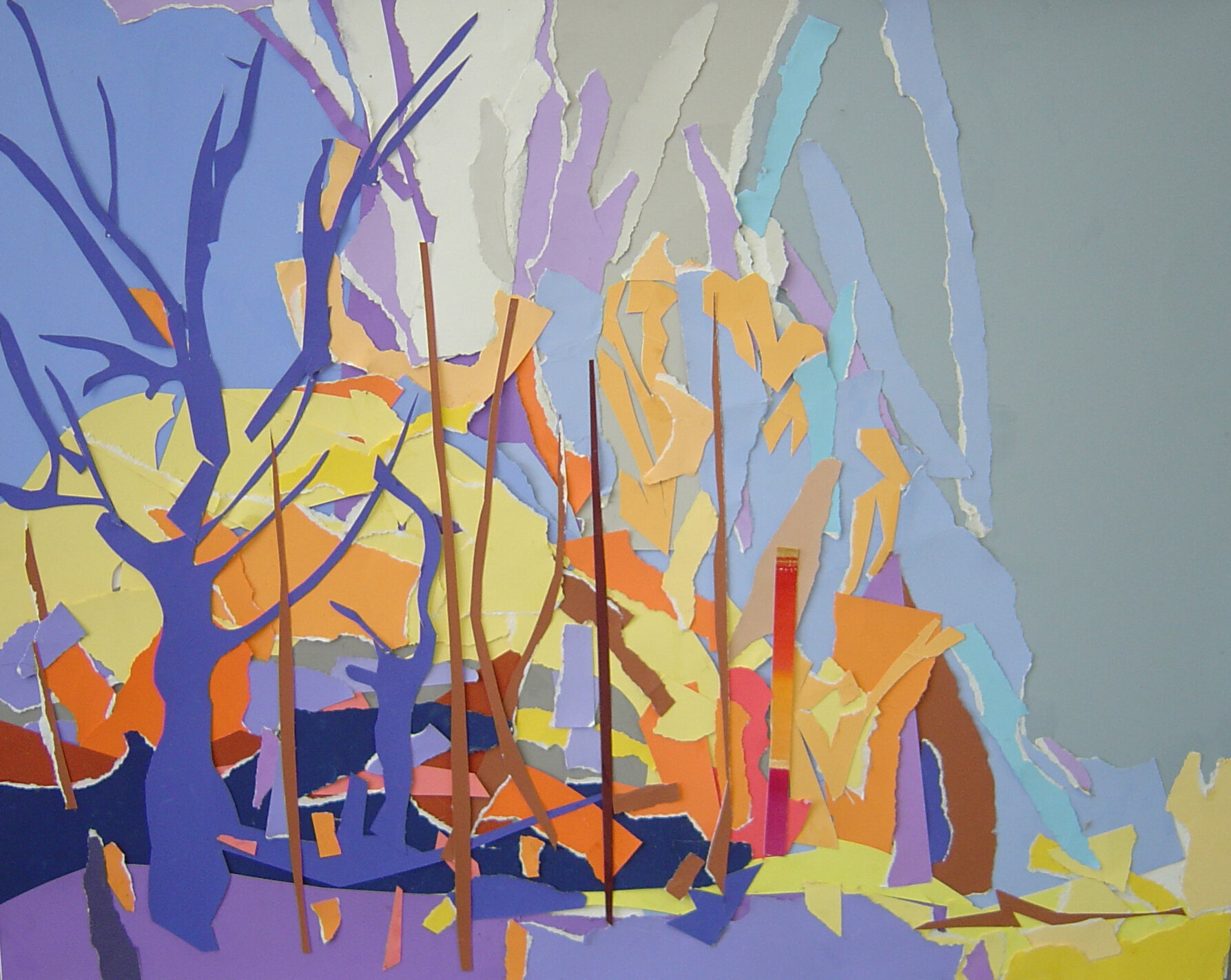
Color Theory - Students’ work
The study of the perception of color, its permutations, and its dimensions using traditional as well as contemporary methods with an emphasis on individual experimentation through lab exercises and demonstrations. Topics include the color wheel; perception, symbolism, and psychology; pattern-painting techniques; and the applications of color theories to art, architecture, and interior design. Student projects and lectures combine intense exploration of theories with hands-on experience in a variety of


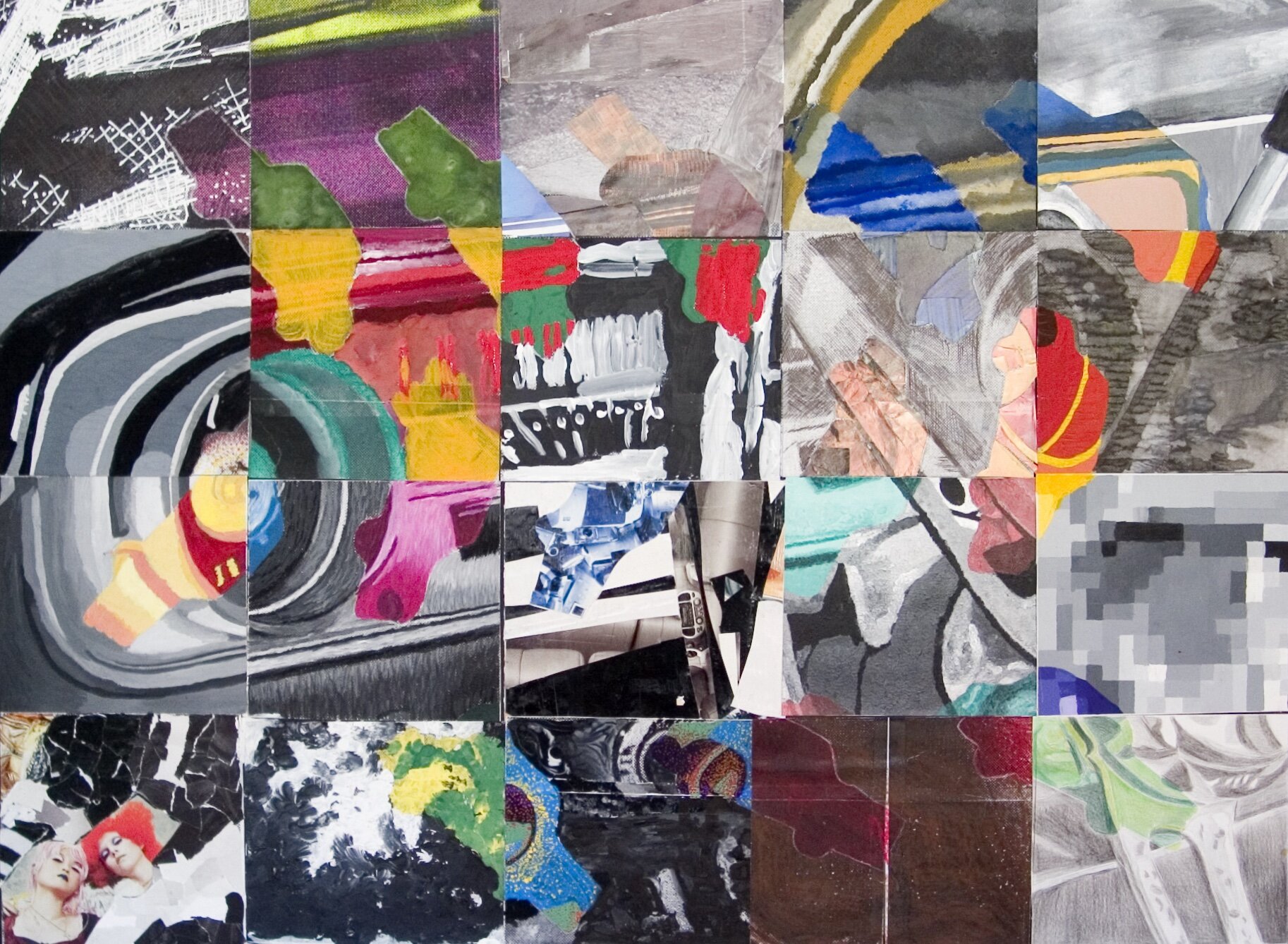
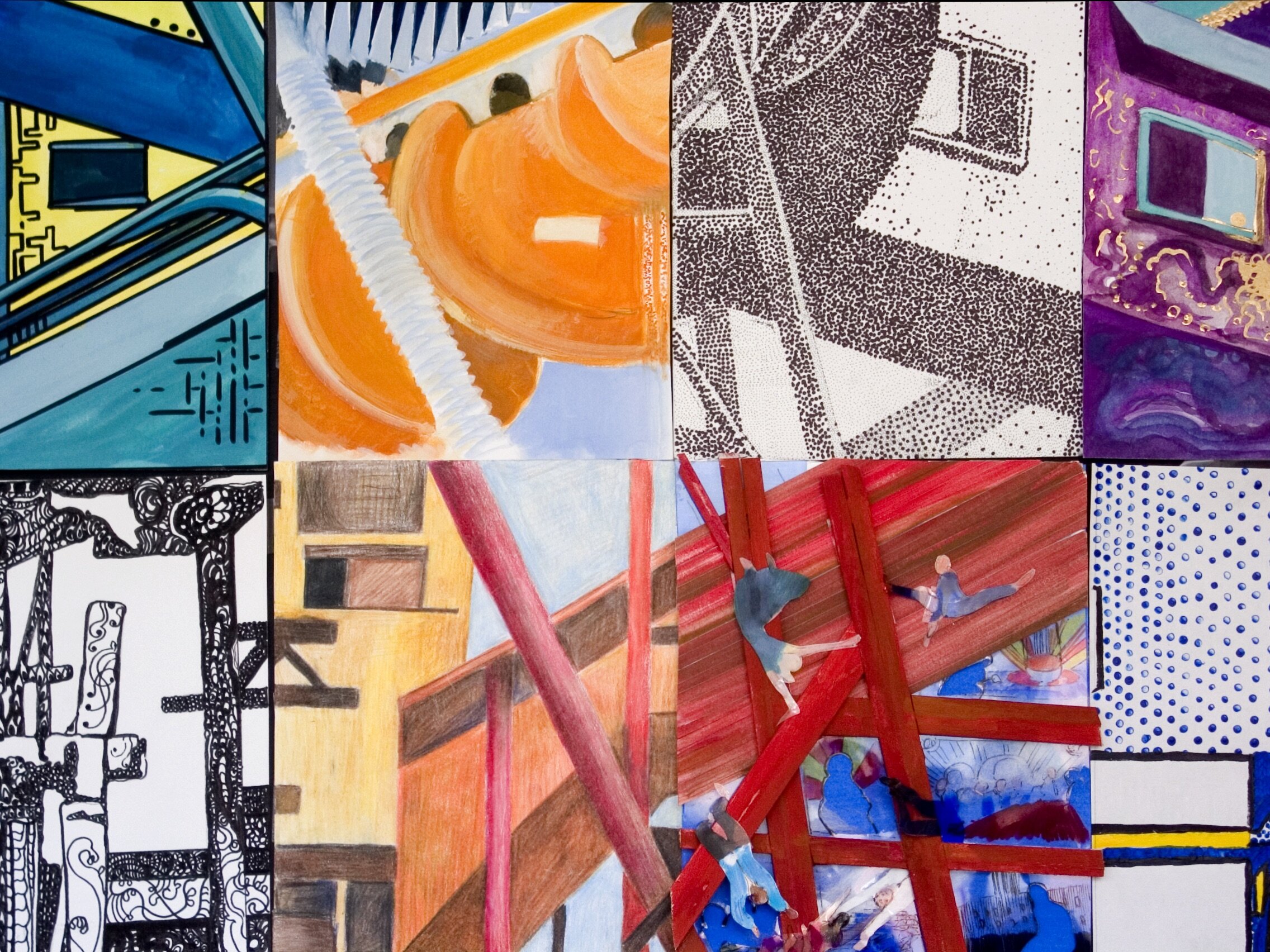
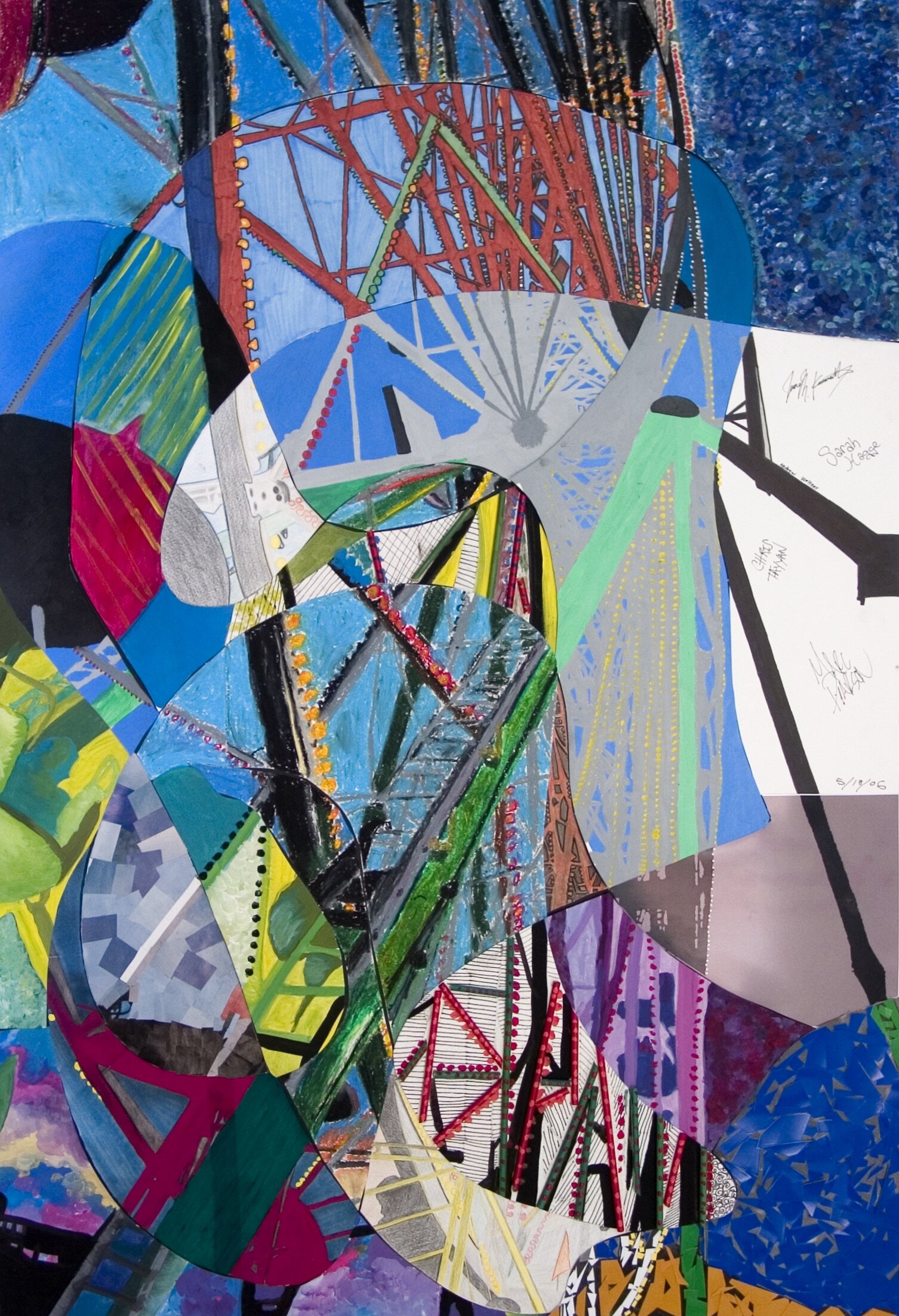
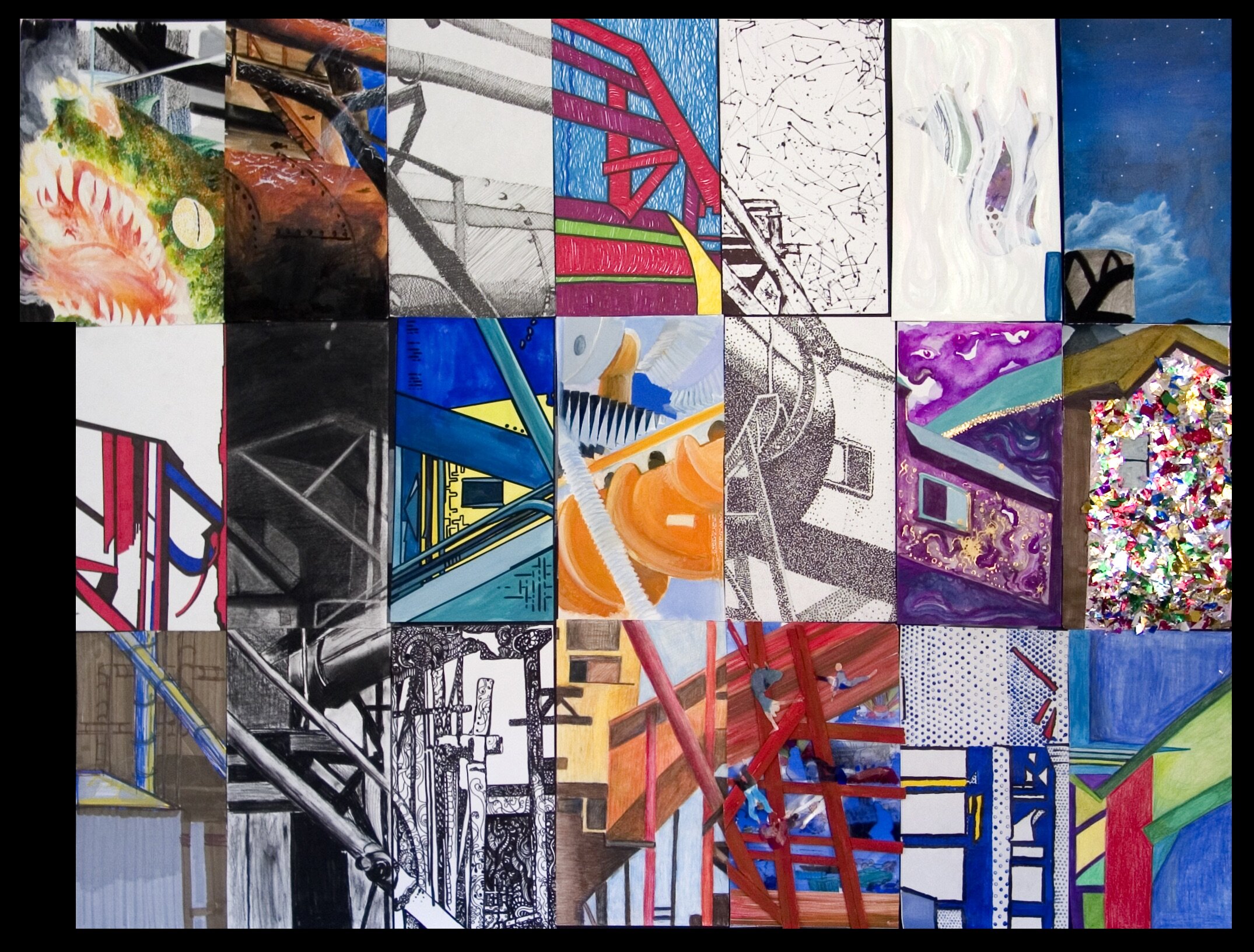
Painting
The fundamentals of the art as well as experimental techniques with watercolor. No previous experience is necessary as techniques will be introduced and incorporated into the work. The subject will change according to the needs and levels of the student. The students are encouraged to develop and work on a personal project with guidance and input from the instructor. Technical skill is approached on an individual basis with regards to style and medium and the choices best reflect the student's concept. They are encouraged to investigate new ways of thinking that is self-reflective and ambitious in scope. Instructor addresses students individually throughout the course, providing highly personal attention.
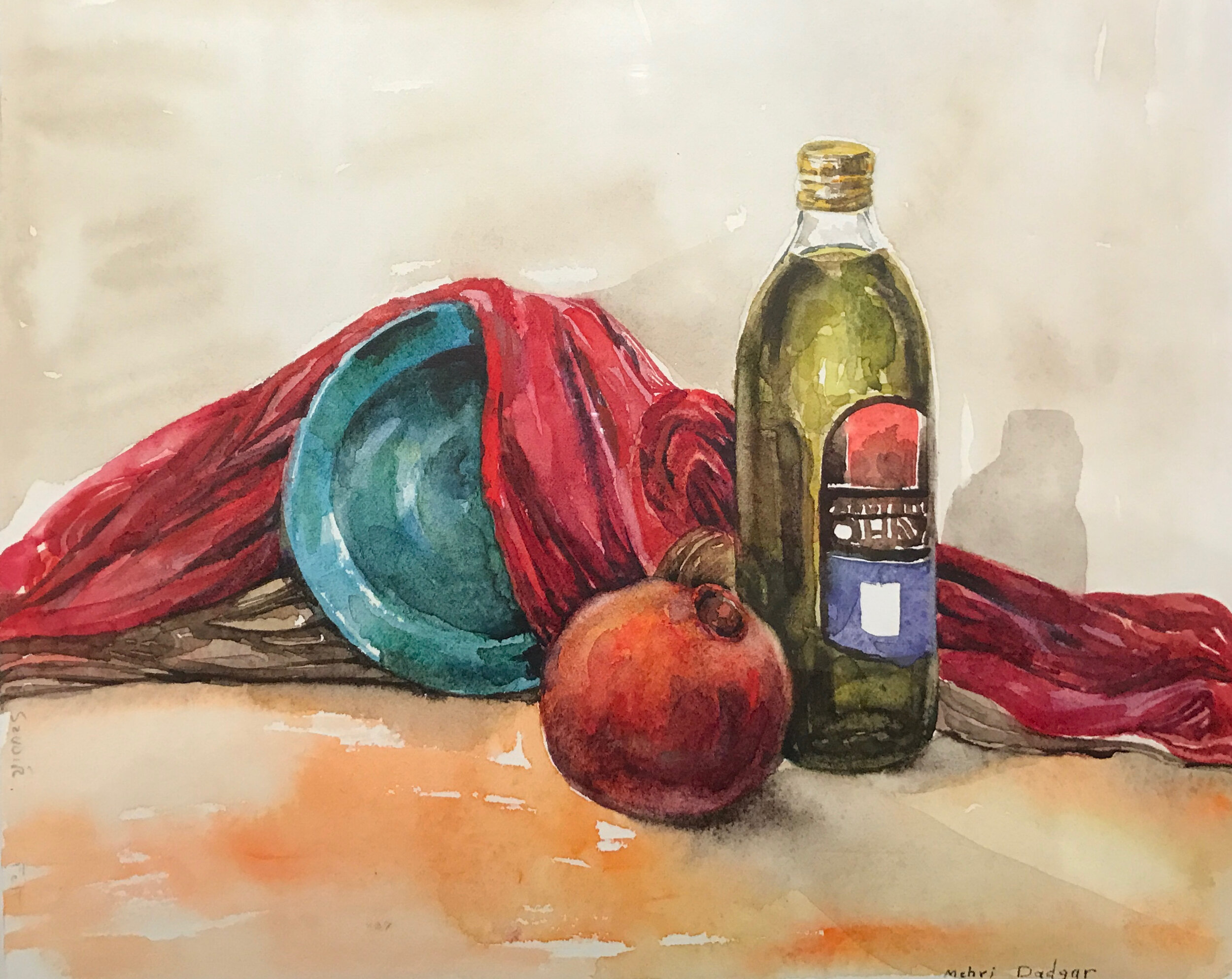
Watercolor on paper

